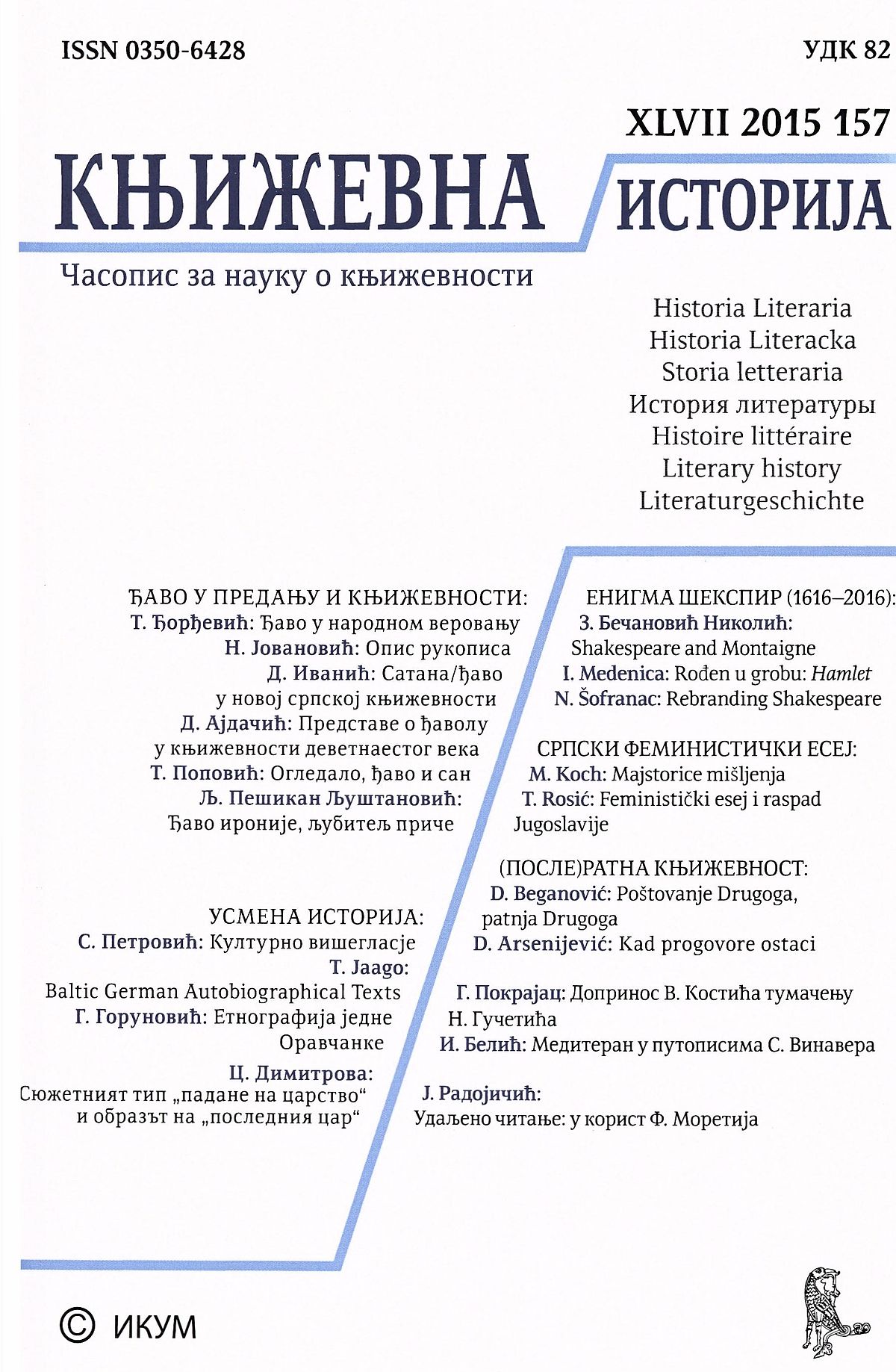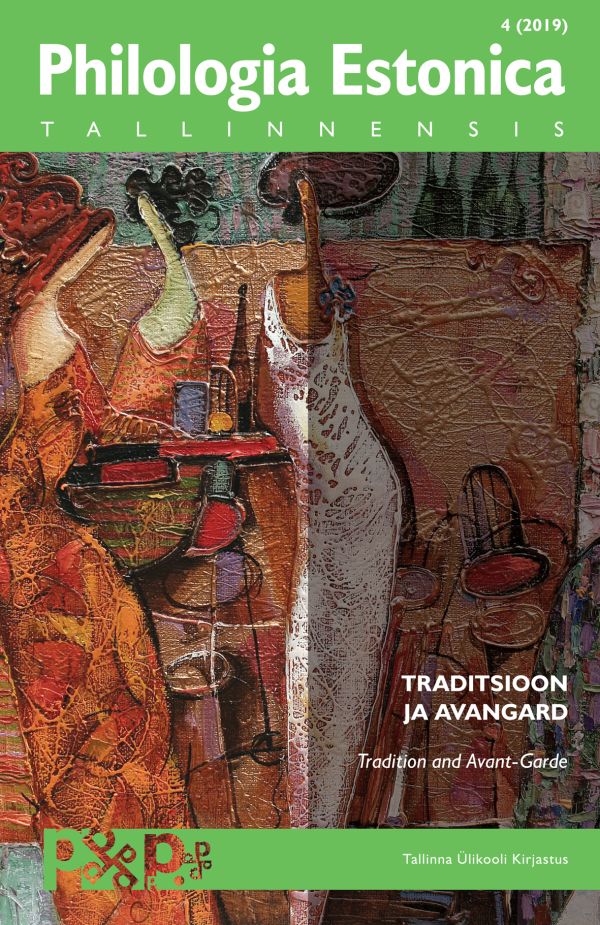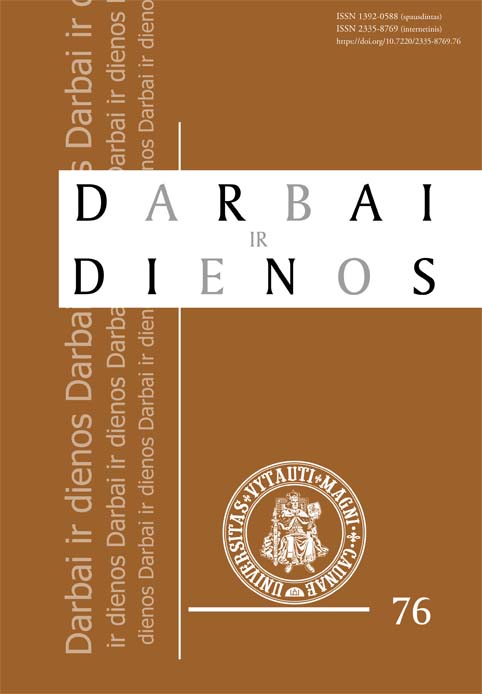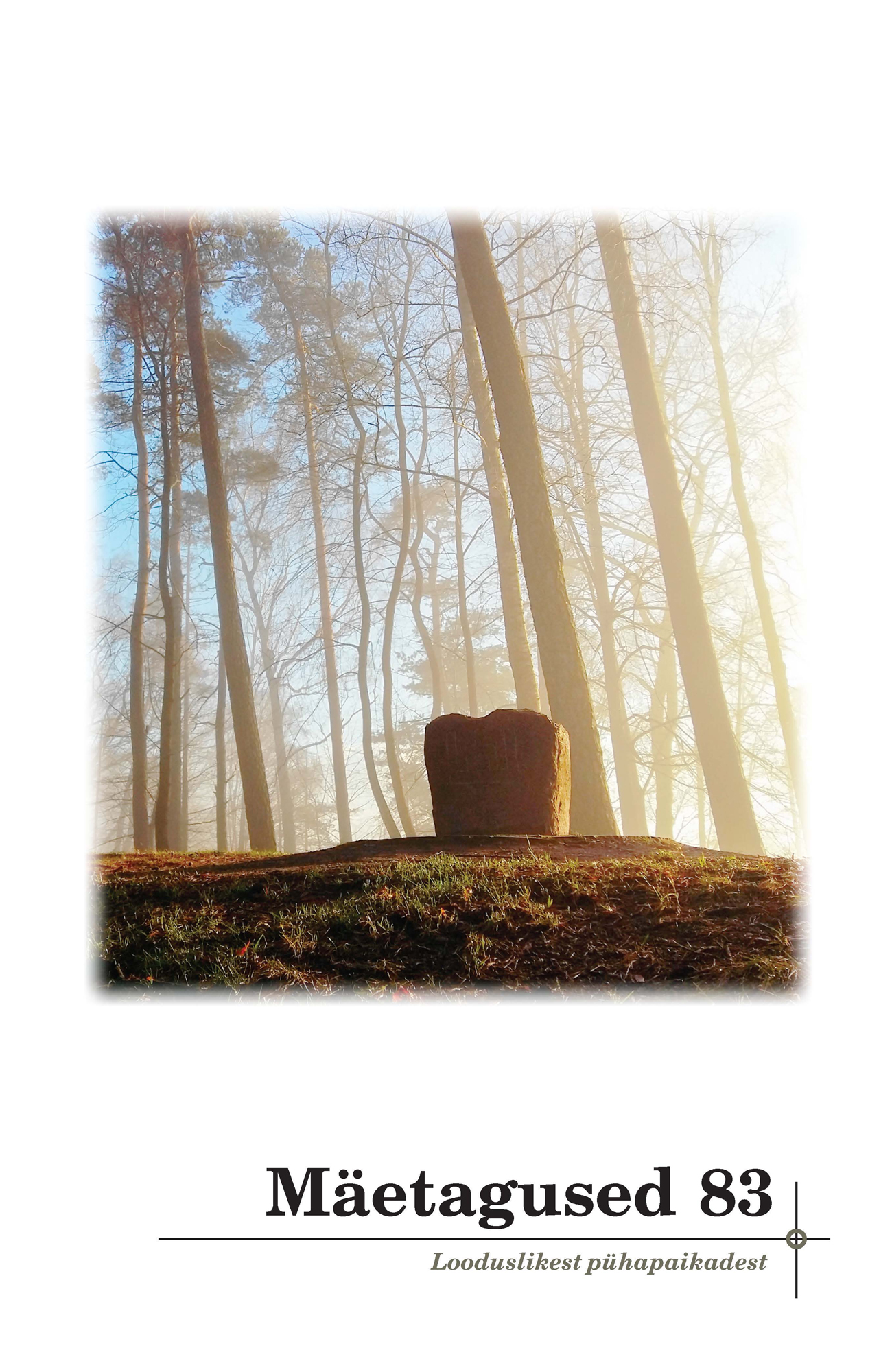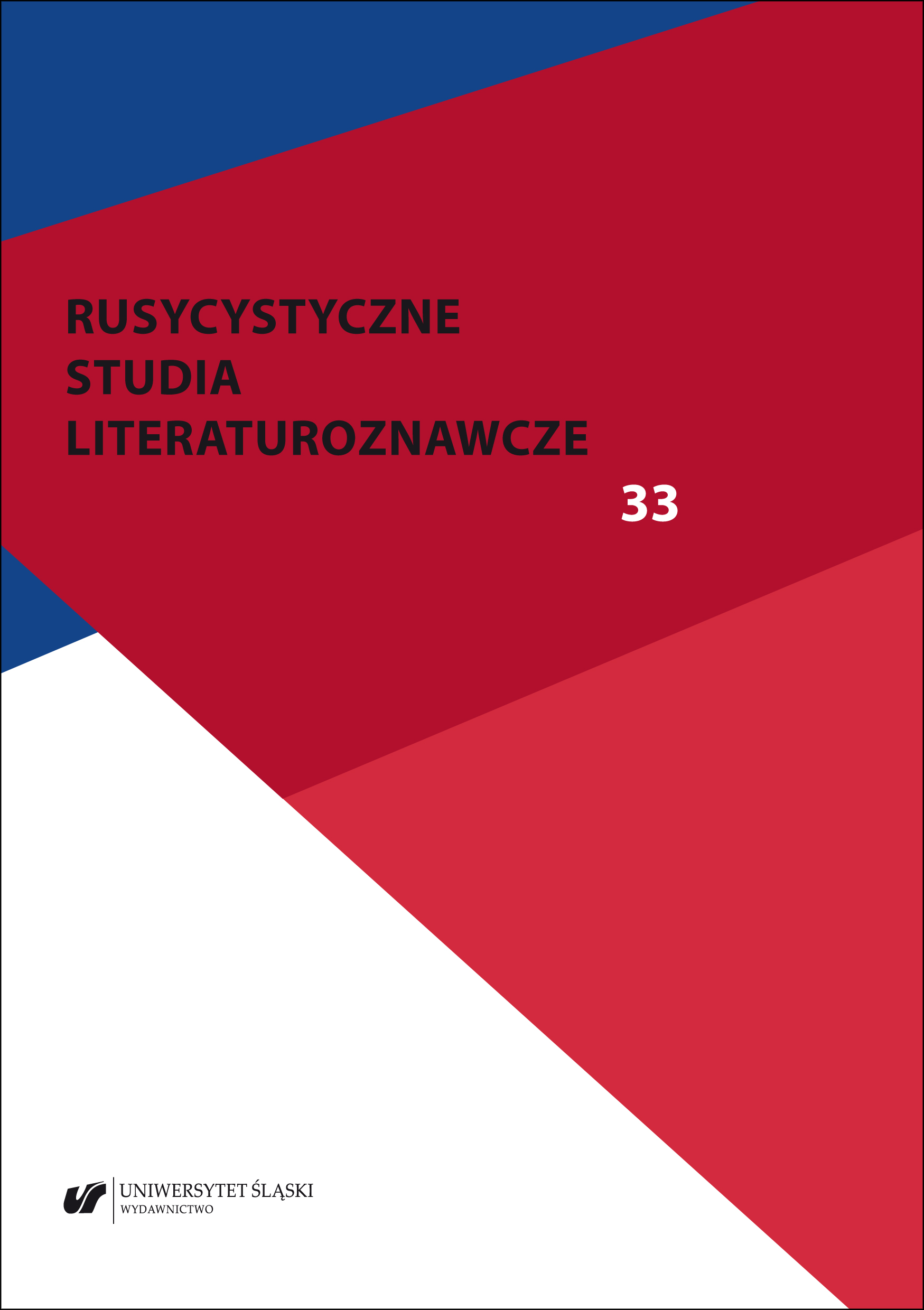Poeedirahu – Andrus Kasemaa kirjanduslik omailm
The article analyses a subjective poetic world and terms it as a literary Umwelt. Poeedirahu ‘lit. Poet’s peace of mind’ is a small place described by bits and pieces by Andrus Kasemaa (born 1984) throughout three collections of poetry and one prose work, using slight mentions, cues and significant objects. The name has been invented for a place whose geography recognizably coincides with the author’s home environs, yet which represents, above all, a literary or mental space, thus vibrating on the fascinating boundary between the real and the imaginary. There is no such Poeedirahu anywhere in real Estonia. Although the prototypical surroundings can be found out, Poeedirahu is mainly a mindscape gradually established by literary works exactly as the author wishes his readers to see it. When applied in literary studies the biosemiotic term Umwelt tends to become somewhat metaphorical, inevitably touching upon what belongs to cultural geography. This way it should rather be termed as a mindscape containing both the real and the imaginary, the autobiografical and the fictional, the landscapes created in texts as well as their real prototypes coinciding with the author’s home surroundings, involving the author’s geographic perception, his inner man, his deliberate selection of the surrounding objects and his imaginations, as well as the projection of all this into his works via the meaningful elements belonging to the narrator’s space. Poeedirahu as a creative world built purposefully with the involvement of the author’s senses, will and aspirations looks successfully accessible for literary analysis via the bio-semiotic mindscape model, which is indeed one of the most alluring ways to address the author’s home-inspired personal mythology and his home-centered lyric „I”.
More...
